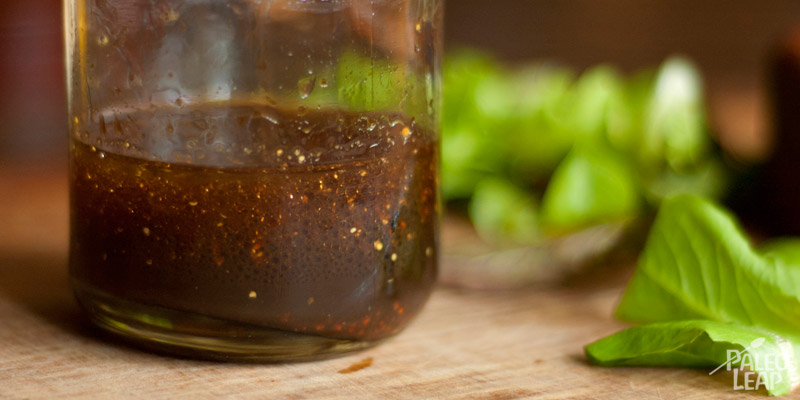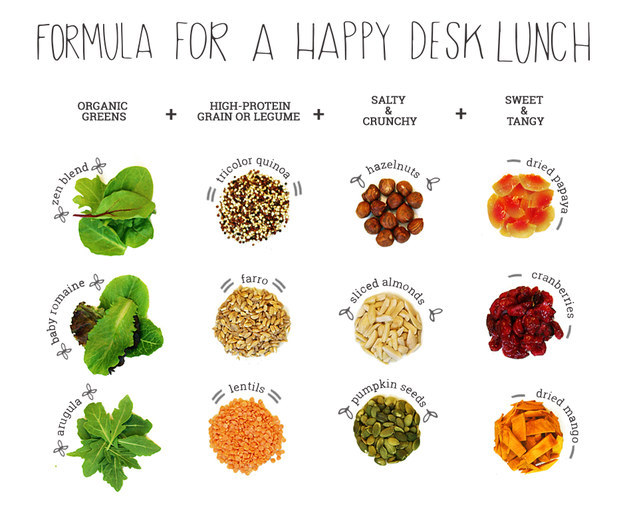Salads
Research
Eatwell Guide
The Eatwell guide shows the balance and variety of different foods that make a healthy, balanced diet over one day. It is made up of five different food groups and can be used by most people no matter their ethnic background, religion or other dietary restrictions. However, pregnant women and very young children cannot follow this because they have to consider other requirements.
This is what the Eatwell guide looks like:

What are salads?
The Eatwell guide shows the balance and variety of different foods that make a healthy, balanced diet over one day. It is made up of five different food groups and can be used by most people no matter their ethnic background, religion or other dietary restrictions. However, pregnant women and very young children cannot follow this because they have to consider other requirements.
This is what the Eatwell guide looks like:
It shows different types of foods and drinks we should eat and what proportions we should eat them to have a healthy and balanced diet.
- Eat at least 5 portions of a variety of fruit and vegetables every day
- Base meals on potatoes, bread, rice, pasta or other starchy carbohydrates; choosing wholegrain versions where possible
- Have some dairy or dairy alternatives (such as soya drinks); choosing lower fat and lower sugar options
- Eat some beans, pulses, fish, eggs, meat and other proteins (including 2 portions of fish every week, one of which should be oily)
- Choose unsaturated oils and spreads and eat in small amounts
- Drink 6-8 cups/glasses of fluid a day
If consuming foods and drinks high in fat, salt or sugar, have these less often and in small amounts. A new addition to the Eatwell guide is the colour coded food labels section. These food labels refer to the reference intake which tells you how much of each nutrient should be included in your daily diet. As well as a percentage which refers to how much of the product is contributing to the reference intake of each nutrient. Colour coded labels makes it easier for you to choose those which are low in sugar, salt and fat as greens means that it is healthy, amber meaning you should have a moderate amount of and red meaning that you should eat this as seldom as possible. For a healthier choice, try to pick products with more greens and ambers and fewer reds.
What are salads?
A salad is a cold dish that contains a variety of raw and cooked vegetables that is seasoned with a dressing, vinegar or oil and sometimes is accompanied by meat, fish and other ingredients. The sauce used to flavor a salad is called dressing and well-known types included ranch, Thousand Island, caesar, French, Italian, vinaigrette etc. Vinaigrette can come in many varieties including balsamic, red wine, etc.
Salads can be served at any point during a meal:
- Appetizer salads, smaller portion
- Side salads, to accompany the main course
- Main course salads, usually contains meat as well
- Dessert salads, sweet versions with fruit, gelatin, whipped cream etc.
Where do salads come from?
Caesar Salad:
It is thought that caesar salad was invented in 1924 in Tijuana, Mexico to honour restaurateur Caesar Cardini on the Fourth of July weekend. It is said that because Cardini was running low on food, he put together a salad of what was left in the kitchen. His original recipe included romaine, garlic, croutons, boiled eggs, olive oil, parmesan cheese and Worcestershire sauce
Cobb Salad
Cobb salad was invented in 1937 by restaurant manager- Bob Cobbs at The Brown Derby restaurant in LA. He found a way to use leftovers through making salads. It was completely an accident, he went to the icebox and found an avocado which he chopped with lettuce, celery, tomatoes and strips of bacon. Later on, he put a breast of chicken, chives, hard-boiled egg, watercress and a wedge of of cheese for dressing.
Coleslaw
Coleslaw is a cold salad made with shredded cabbage, mayonnaise and more. This term is a late 19th century that originates in USA but the name is from Dutch- "kool sla". The word "kool" means cabbage and "sla" means salad, meaning cabbage salad. However, in English it became "coleslaw" and eventually "cold slaw" although the original Dutch salad was most likely served hot.
10 examples of salads:
Panzanella
Cobb
Fruit
Caesar
Nicoise
Waldorf
Coleslaw
Garden

Larb

Gado-gado
10 examples of dressing:
Caesar
Extra Virgin Olive Oil
Ranch
Hummus
Thousand Island
French
Rice Vinegar

Balsamic vinaigrette
Red wine vinaigrette

Raspberry vinaigrette
What are the nutrients in salads?
To generalise, salads have high levels of vitamin C, folic acid, alpha and beta-carotene, lycopene and vitamin E thanks to the raw vegetables. The more raw vegetables it has, the more nutrients you will get.
Green leafy vegetables have a lot of vitamins and fiber. It is also low in calories: a Caesar salad only contains 140 calories, a small Greek salad has 110 calories and a small tuna salad has 130 calories but these figures do not include the dressing. A salad could become less nutritious if you add a fatty dressing.
Planning
We will be making a salad in a jar instead of a normal salad. This will also include a dressing. This is how a typical salad in a jar is made:
1. Add in the dressing
2. Put in the crisp ingredients that would be okay if it got soggy like tomatoes, carrots, cucumber etc.
3. Put in the ingredients that would be fine if they got wet but would not be the best like corn, mushrooms, broccoli etc.4. Add in more delicate ingredients like hard boiled eggs, cheese etc.
5. Add in rice, pasta or just any exotic ingredients
6. Finally, add in the ingredients which you would definitely not want to get wet like nuts
Here is a nice way to choose a good salad from Buzzfeed:
After the class demonstration, I am planning to make a salad with the following ingredients:
- Apple
- Lettuce
- Spinach
- Dried fruit, probably dried cranberries
- Meat: maybe ham or chicken breast
Evaluation
Today in Food Technology, I made a salad containing mixed vegetables like rocket, spinach and lettuce, chicken breast, apple, parmesan cheese and dried cranberries. I also made a simple dressing using lemon juice and olive oil to accompany it.
This involved using different skills; cutting vegetables and cutting fruit. I think that I worked in a safe and hygienic manner because I washed my hands before making my food. I wore an apron, tied up my hair, removed my watch to prevent dirt and germs getting into my food. In addition, I used the correct chopping board when cutting up my vegetables and then had to change to a red chopping board when I was chopping up my meat. I also remembered to put a wet cloth underneath.
I was organised today because I worked in order of the recipe, starting off with cutting my vegetables, fruit and meat; making my dressing; putting everything together in my jar. My workspace was neat and tidy and I used my time wisely.
The appearance of my salad was colourful because there was the green of the vegetables, the whitish yellow of the apple, the pale colour of the meat, the yellow colour of the cheese and the dark red colour of the dried cranberries. My parents tried my salad and said that my salad tasted very fresh and that the dressing wasn't overpowering but was just a bit sour which is good because all the other ingredients could be tasted. They found it appetising overall and since they ate my salad right before eating dinner, they commented that it is a good starter because it "stimulated their appetite". The texture was crunchy and the aroma was that it smelt strongly of lemon juice and apples. To improve, my parents suggested that I should make a bigger portion because it wasn't enough. I personally feel that I should have put more vegetables compared to the other ingredients so that it will be extra healthy.



No comments:
Post a Comment